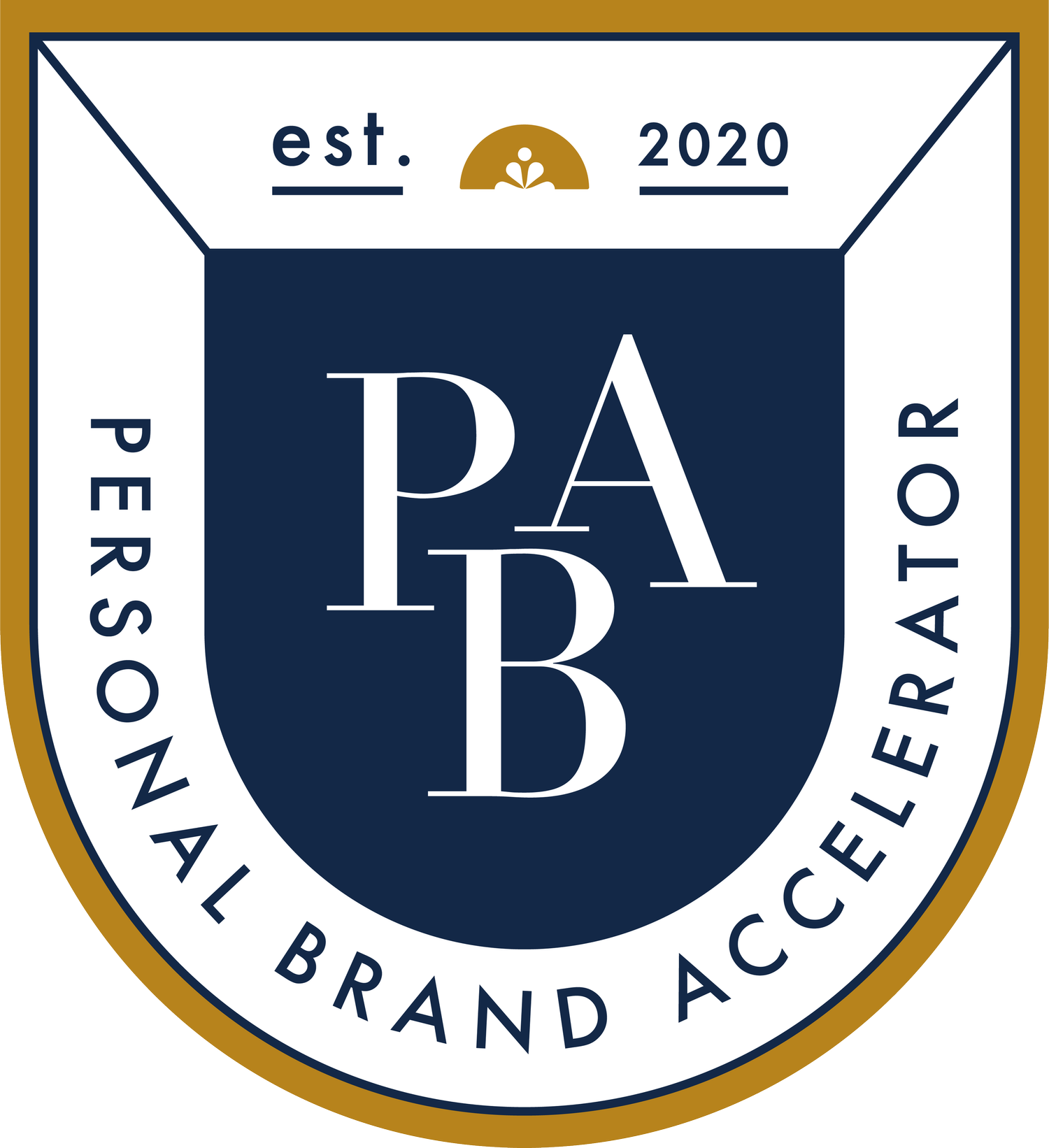I Help Communities Embrace Inclusion — Sarah Cronk
How I discovered my passion for disability inclusion:
When I was little, my family home (a 70s-era split-level on a quiet street in Iowa), looked normal. That is, until you stepped inside.
Instead of a living room, we had a classroom. Posters lined the walls, books and flashcards filled the shelves, and a bulky video camera perched expectantly on its tripod in the corner. In place of a dining room, we had what we called “Command Central.” There, my mom conducted weekly meetings with a team of specialists who rotated in and out of our home. In every other room, labels quelled any confusion about the basic functions of our everyday appliances: “This is a refrigerator. It keeps food cold.” My family home doubled as a full-time program and support system for my older brother Charlie, who is on the autism spectrum.
The family’s quest to ensure Charlie’s maximum participation and inclusion was woven into our everyday existence. And, for several years, the formula we created worked. But over time, as Charlie and I grew older, creating socially inclusive opportunities proved to be more challenging. After all, it’s one thing to enroll elementary-aged peers in the occasional play date. It’s another to orchestrate friendships for a teenager. By the time Charlie and I entered high school, social inclusion had become elusive. My parents -- historically so able to create whatever Charlie needed -- were at a complete loss. As a family, we were flailing.
But then, something unexpected happened. A popular upperclassman on the swim team, Jared, invited Charlie to sit at his lunch table. Within weeks, Jared convinced Charlie to join the high school swim team. Those two simple invitations (issued with no prompting or encouragement from my family) gave Charlie a place to belong and people to belong to.
We did what any grateful family would do. We thanked Jared over and over and over again. To me, the repeated expressions of gratitude started to feel like a closed loop – like an ending instead of a beginning. Then, it hit me: instead of repeatedly thanking Jared, I should emulate him. After all, like Jared, I was fully capable of extending simple invitations.
Turning my passion into purpose
I started in my small sphere of influence. I created a cheer team at my school and invited students with disabilities to join. Within a few months, our roster overflowed, we had a waiting list, and families were relocating into our school district in the hopes of securing a spot for their child on the team. All this from a simple invitation: “Yes, we want YOU. Please join.”
I knew it was time to think bigger; to bring my idea to schools and students outside Iowa. At fifteen years old, I started Generation Spirit, a national nonprofit dedicated to creating and tangibly supporting inclusive spirit teams in schools nationwide.
Once again, the family dining room became “Command Central.” This time, for a new purpose. Armed with only a ream of letterhead and the unbridled audacity of a teen on a mission, I started extending more invitations. I penned letters to schools from coast to coast inviting them to get involved. I reached out to national media outlets, inviting them to share our story. I wrote to CEOs of companies I admired, inviting them to counsel me on my journey.
Within a few months, I had received a few invitations in return. I was invited to appear on ABC World News, in People Magazine, and on the Oprah Winfrey Show. I was invited to partner with the largest cheerleading company in the world. I started receiving invites from schools to start new teams and speak to more students about the power of inclusion.
Today, as a writer, speaker, and inclusion advocate:
I work with schools and companies around the world to help people understand disability as an important part of diversity and diversity as an important part of life. In addition to giving keynote-style talks, I conduct interactive workshops and develop custom curriculum for groups interested in integrating disability into their DE&I strategy.
On my blog, I share more personal stories about my experiences as a sister, an advocate and a young female founder.
My work has been featured in People Magazine, on The Today Show, and on The Oprah Winfrey Show. I’ve spoken at dozens of conferences and events like TASH, The Special Olympics World Games, and on the TEDx stage. I also consult for major brands like Degree Deodorant and international foundations like Beyond Sport to ensure authentic disability representation in marketing.
Now that you know a little more about me, I’d love to learn about you. Are you ready to spark meaningful transformations in your community? Let’s work together to bring your organization’s best culture to life.

